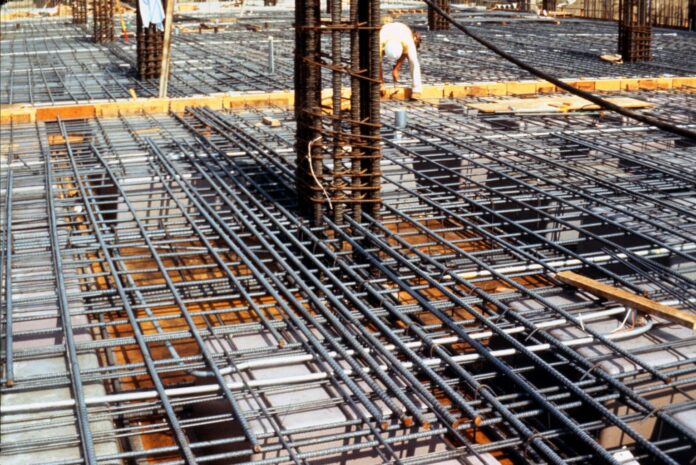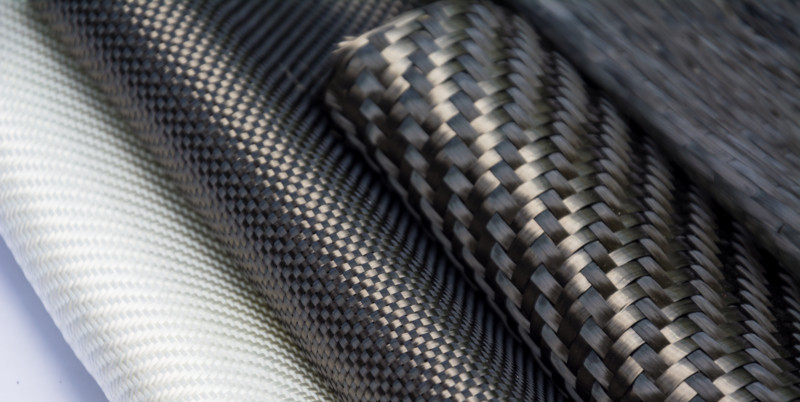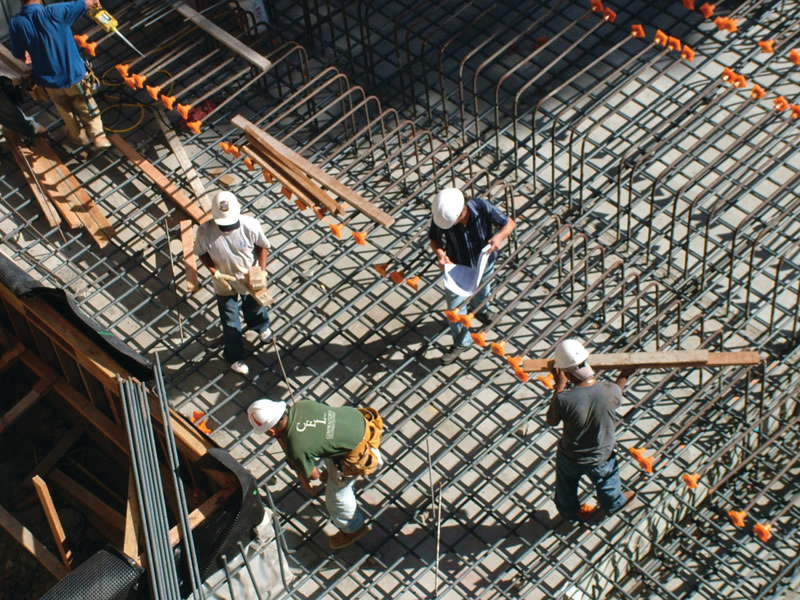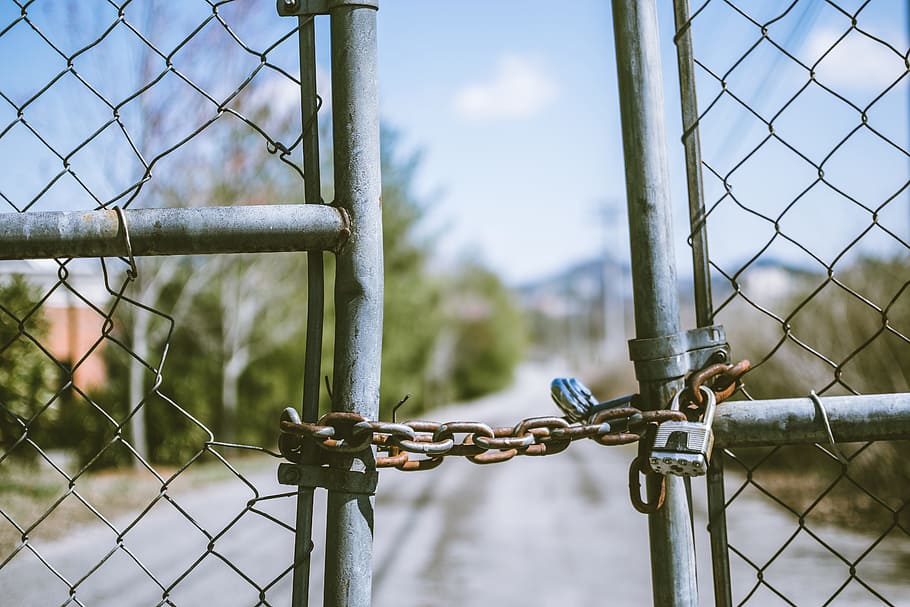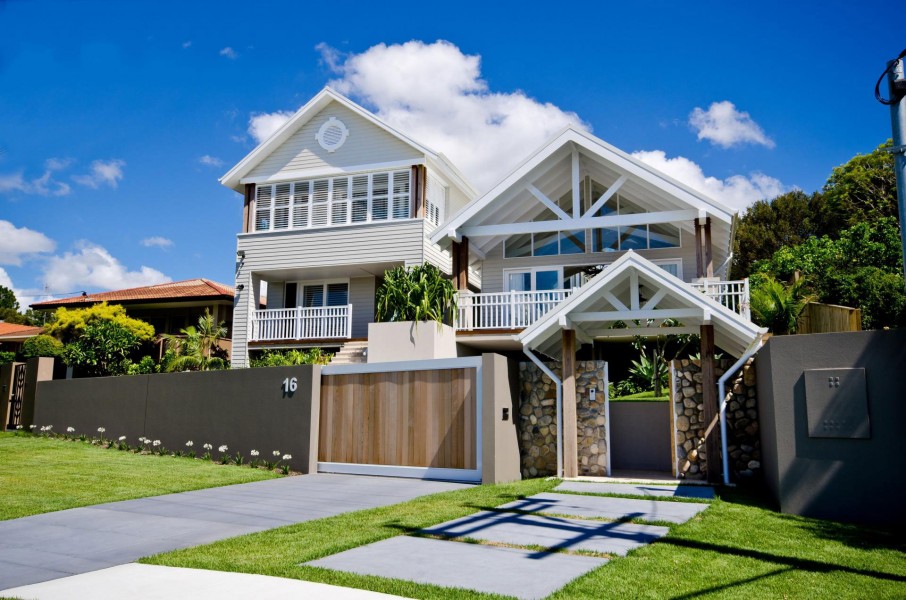Mesh Reinforcement are mainly used to control cracking caused by shrinkage and temperature changes, to name a few examples.
To solve these problems, Heaton Manufacturing has a wide variety of different products for interior and exterior reinforcements. Major products include scrim fabrics, fabrics, and fabrics for structural and surface reinforcement of many construction system applications.
When selecting reinforcing meshes for a particular project, the main factors to consider are:
- Thickness of the concrete coating required by the slab design.
- Number of layers and specified position of the reinforcing steel.
- Firmness and resistance of the base or subgrade.
- Size and weight of the reinforcing mesh.
- Early construction loads.
- Compatibility of the support with concrete.
Heaton Manufacturing has a wide variety of products that provide reinforcement and stability to different flooring applications, such as carpets, vinyl tiles and carpet cushions. We present you some of the solutions:
- Carpet cushion: Veiled fiberglass scrim fabrics to reinforce high quality carpet underlayment’s.
- Radiant floors: Veiled fiberglass scrim fabrics to reinforce high quality carpet underlayment’s.
- Carpet Reinforcement: Heaton Manufacturing scrim fabrics provide dimensional stability to carpets and are available in a variety of styles and strength.
Heaton Manufacturing reinforcing fabrics offer resistance against cracks and breaks, as well as great resistance and fastening.
Carbon fiber or glass mesh
Reinforcement of masonry or concrete walls
The bi-directional fiber reinforcement available in carbon fiber or alkali-resistant fiberglass is specially oriented for facing walls.
The mesh is applied embedded in different matrices depending on the element to be reinforced: By means of epoxy saturant in the case of concrete structures, by means of cementitious repair mortar in case of reinforcement of concrete walls (pipes, chimneys, etc.), or by mortar lime based in case of masonry walls.
Main applications
- Reduction of cracking in wall screeds.
- Reinforcement of masonry or concrete walls.
Best alternative
The use of carbon fiber or glass mesh with epoxy saturant for impregnation has been used in the construction sector for more than 20 years and is a better alternative to traditional reinforcements such as:
Metal Mesh Reinforcements
Exposed to corrosion, slower to install, and with a greater requirement for screed thickness to be made. In the case of masonry walls with lime mortars, it is necessary to use stainless steel meshes, which although they hold more than iron ones, end up being affected by lime. Reinforcements with fiberglass or carbon meshes are not affected by lime, significantly increasing the life of the reinforcement.
Launched Concrete with Electrosolded Mesh Reinforcement
The thrown concrete helps to cover the slope in certain sub-sections, it has a thickness of the order of 6 to 10 centimeters, its use requires a previous placement of electrowelded mesh with wires of 3.43 millimeters in diameter and with an opening of 10 x 10 centimeters ; the mesh must be placed from top to bottom as the cutting progresses.
The mesh is fixed to the slope by means of short anchors 50 centimeters long and with a diameter of 13 millimeters, forming a grid with a separation of 2 meters. For uneven surfaces, the grid can be closed to ensure that the mesh is glued to the surface of the slope, the mesh should cover a surface of approximately 2 meters inward, starting from the line of zeros of the cut. To avoid infiltrations and volumetric changes inside the cut, it must be covered by means of piling (after placing the metal mesh).
This work can take advantage of the advance in the emptying of the cut, starting with the fine-tuning and flattening of the slope, which allows the placement of the 3.43 mm diameter electrowelded mesh with an opening of 100 x 100 mm, which is anchored to the cut wall starting from the zeros, following the contour of the ridge and then laying it on the downstream slope.
The mesh must be fastened to the wall of the cut, its termination is made up to the upper level of the gutter, which guarantees that it remains sufficiently attached to be subsequently anchored in its lower part. The overlaps of the mesh are 30 centimeters, they must be tied with annealed wire and anchored properly in order to apply the thrown concrete.
Laying of shotcrete
The surface where the concrete will be launched must be properly honed, profiled and the mesh perfectly matched throughout its surface. Once the amacize has been carried out and the mesh is properly attached to the slope, the concrete is released, maintaining a distance between the nozzle and the surface of approximately 1 meter; casting must be performed by moving the nozzle in a continuous series of circular or elliptical overlapping arcs. Care must be taken not to leave gaps behind the mesh wires, to achieve this, the angle of the nozzle can be varied, but in general, it must remain perpendicular to the surface of the slope. The resistance of the concrete, at 28 days, must be f´c = 200 Kg. / Cm2.
Cyclone Anti-Glare Mesh for Central Highway Barrier
The cyclone-type anti-glare mesh is an alternative to the anti-glare mesh for urban, sub-urban areas or with a high presence of hooliganism. Due to its physical characteristics, it acts as a screen or visual barrier to intercept the light from the headlights of vehicles that circulate in a nonsensical way, reducing the risk of glare for drivers on the highway is reduced.
Technical Specifications
The cyclone-type anti-glare mesh has an opening of 17 x 17 millimeters, with a galvanized wire steel core on the inside (12.5 gauge), lined with PVC (polyvinyl chloride), black on the outside with a final gauge of 10.5 and with a node termination on both sides.

